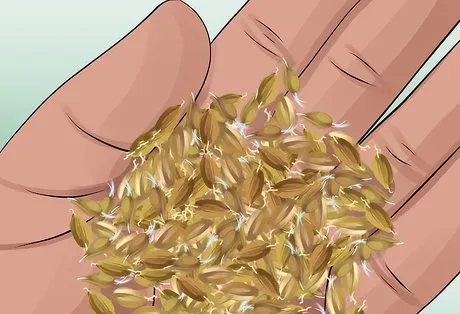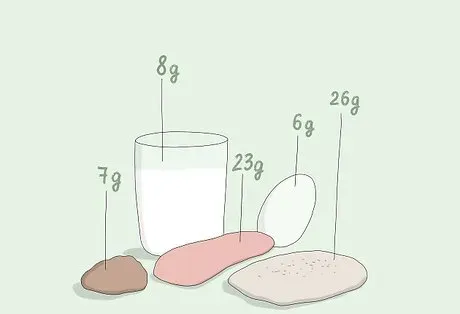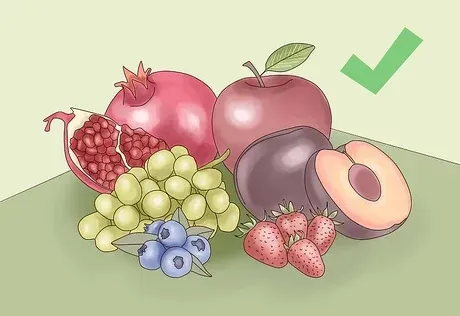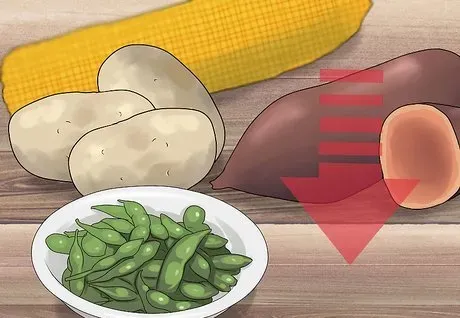6 Strange But Healthy Diabetes Tips
Regardless if it's diabetes, prediabetes, or erratic blood sugar swings, these tips can help stabilize your mood, energy, and hunger levels. The focus is on practical advice to help maintain wellbeing and avoid the highs and lows that can affect both your mood & physical health. Here are six surprising yet effective tips for managing diabetes.*
Tip 1: Walk It Out
Being naturally thin doesn’t mean you’re in the clear. Even at a healthy weight, sedentary adults can have high blood sugar levels, which increases prediabetes risk. Staying active is key—whether it's taking the stairs, walking your dog, or going for a bike ride. Aim for 150 minutes of moderate exercise a week. Exercise isn’t just about looking good; it’s about staying healthy from the inside out. So keep moving!

Tip 2: Eat More Barley
In your effort to eat more quinoa, you might have forgotten about an oldie-but-goodie carb: barley. This whole grain is packed with fiber that tamps down your appetite and can help decrease blood sugar**, according to a Swedish study published in the journal Cell Metabolism**.
Why? Gut bacteria interacts with barley, which may in turn help your body metabolize glucose (sugar). Besides, 1 cup of cooked barley contains 6 grams of fiber, which could help to mute blood sugar spikes. Don't be afraid to toss it in soups, on a roasted veggie salad, or have it as a side to fish or chicken.

Tip 3: Bump Up Exercise Intensity
Exercise helps manage blood sugar levels, and high-intensity workouts are particularly effective. Short bursts of intense activity, like 30-second sprints followed by recovery periods, improve blood glucose levels in both diabetics and healthy individuals for up to three days. This is because muscles absorb glucose during exercise, and higher-intensity moves enhance this process. So, get your heart racing for better results!

Tip 4: Combine Macronutrients
Carbs plus protein or fat is a super combo when it comes to controlling blood sugar. The protein or fat you eat slows down digestion, thus buffering a blood sugar spike. "For some people, a sharp rise in blood glucose after eating carbohydrates alone could be followed by a drop in blood glucose, which may cause them to feel hungry," explains says Judith Wylie-Rosett, Ed.D., R.D., professor of health promotion and nutrition research at Albert Einstein College of Medicine.
That's the exact opposite of what you want to happen after you've eaten a meal. Next time you're grabbing some fruit (carb), pair it with a hard-boiled egg (protein). Or try beans (carb) with chicken (protein) and/or a slice of avocado (fat).

Tip 5: Go for Whole Fruit over Juice
A glass of orange juice is not the same as eating a whole orange. "People generally drink more juice and therefore consume more calories and sugar than they would by just eating fruit," says Wylie-Rosett. Plus, you get more fiber from the whole fruit. For instance, there's about 4 grams in a large orange, compared to less than 1 gram in 8 ounces of juice.
A small amount of juice is OK, but it shouldn't be your go-to beverage, she says. When you do drink it, make sure you're serving it up in an actual juice glass (which might hold 4 ounces, for example) rather than a large cup.

Tip 6: Pick Veggies Wisely
You know vegetables are good for you—but they're not all equal when it comes to carbs. A half-cup of starchy veggies, like peas, corn or squash, equals 15 grams of carbohydrate, Wylie-Rosett points out.
But nonstarchy veggies contain about half that, so you can eat much more of them while making less of an impact on blood sugar. Everything in moderation is fine, but make your most-of-the-time choices the nonstarchy variety, like lettuce, cauliflower, spinach, kale and Brussels sprouts.

Copyright 2024. All rights reserved.
This site is not a part of Google, Inc. or Google.com, nor is it sponsored or endorsed by Google. YouTube is a trademark of Google, Inc.
Disclaimer: This site is provided for educational purposes only
.Please consult a health professional before implementing any strategy discussed on this website.
